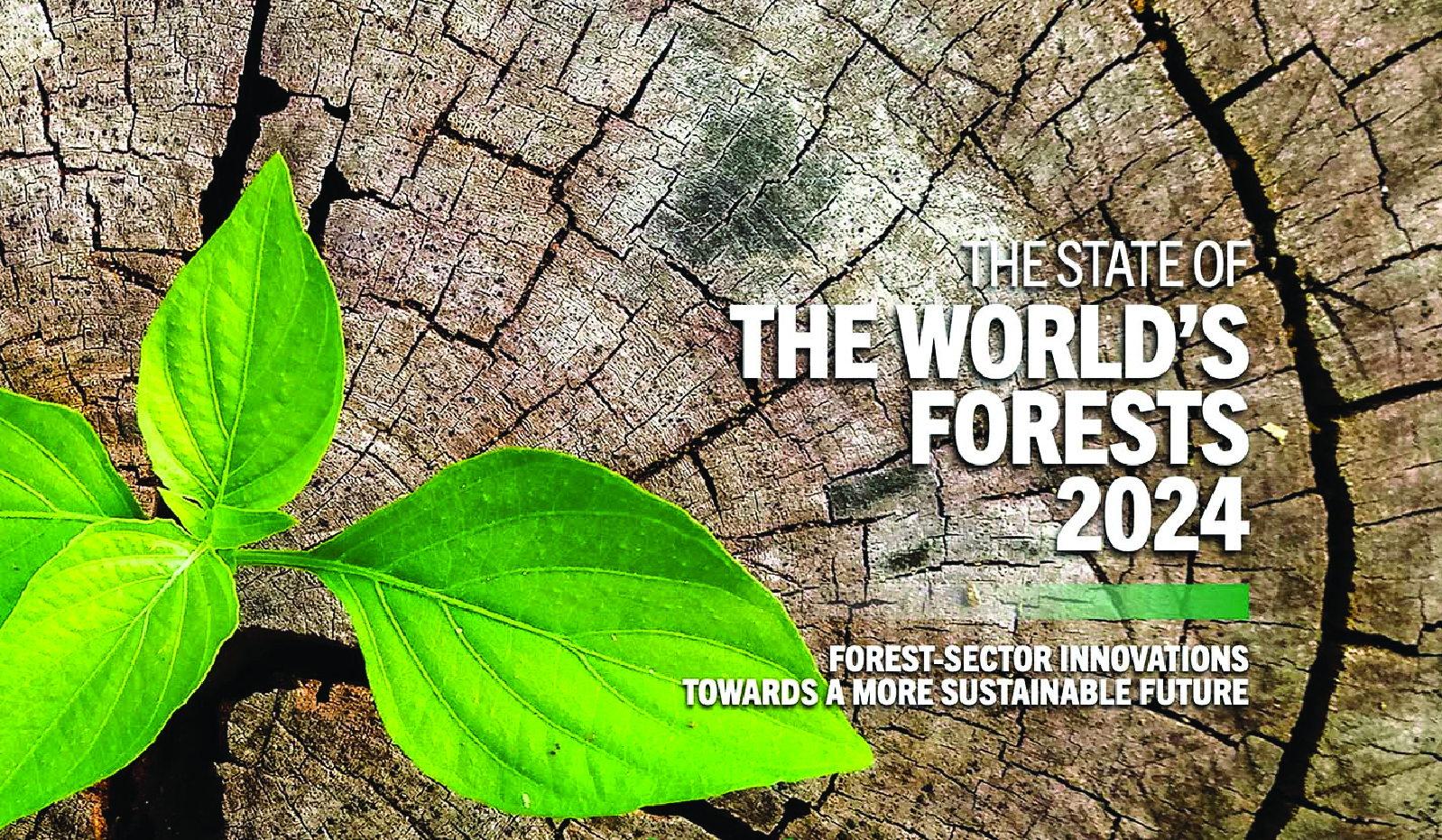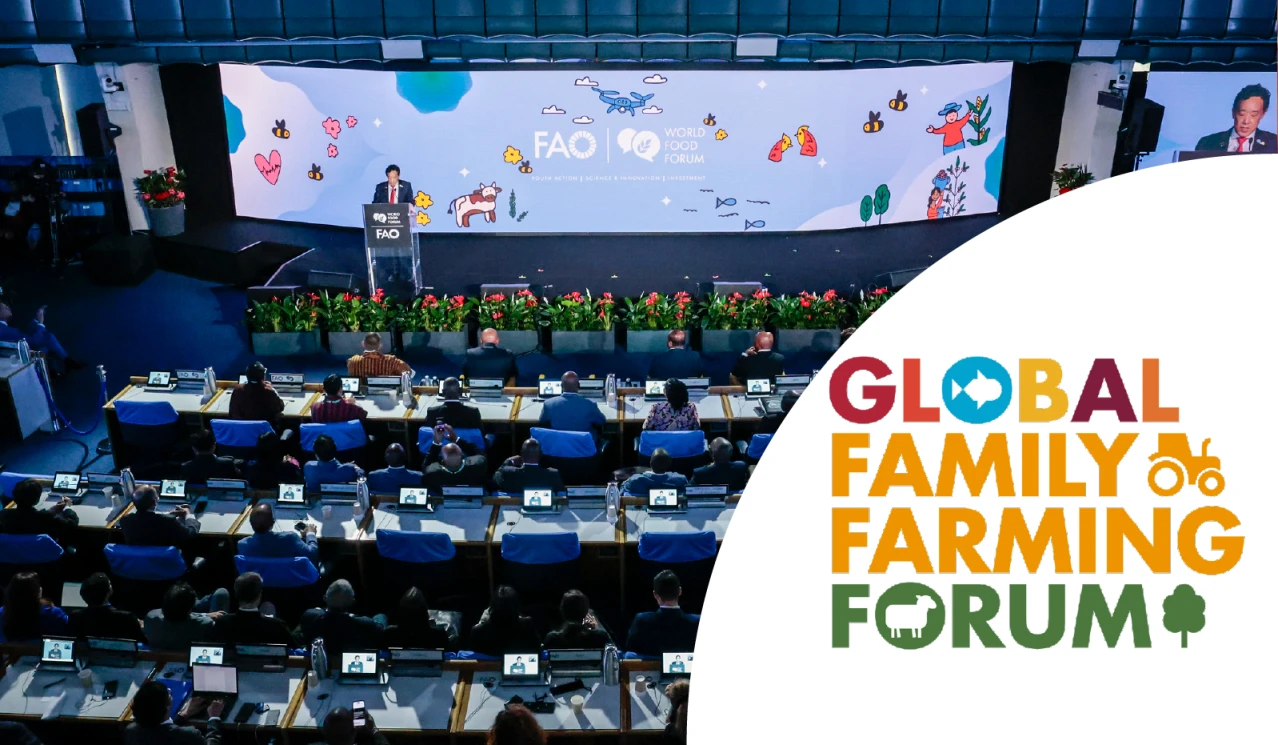Recently, Food and Agriculture Organization (FAO) of the United Nations released the Statistical Yearbook which offers a synthesis of the major factors at play in the global food and agriculture landscape.
Key Highlights from the Yearbook
- Economic dimensions of agriculture
- Share of agriculture in global GDP has been stable at around 4% since 2000.
- Agriculture employed 26% (892 million people) of the global workforce, compared with 40% in 2000.
- India had the largest number of people working in agriculture in 2022 at 226 million people.
- In 2022, India (76 million ha) and China (75 million ha) had the largest equipped area for irrigation.
- Production, trade, and prices of commodities
- Americas and Europe are the largest exporters and Asia the largest importer of cereals.
- India is top producer of milk (23% of Global share in 2022) and second largest producer of sugarcane and fisheries.
- Food security and nutrition
- Global hunger affected 9.1% (733 million people) of the world’s population in 2023.
- Prevalence of food insecurity is higher for women across all continents.
- Sustainability and environmental aspects of agriculture
- Between 2000 and 2022, agricultural land declined by 91 million ha, while forest area declined by 109 million ha.
- Greenhouse gas emissions from agrifood systems grew by 10% between 2000 and 2022.
About FAO
|







